With football currently suspended due to the global COVID-19 pandemic, Jeff Goulding looks back at the last time English football was halted in 1939 and tells the story of the Anfield game against Chelsea, played just hours before the outbreak of war.
The 1939/40 Football League season began under a terrible cloud. Just two decades after the last world war had torn Europe to shreds and robbed the flower of its youth, another conflagration was imminent.
Britain was preparing for the worst. The mandatory enlistment of men aged 20 and 21 had begun, bomb shelters were being built in London and trials in the River Mersey of the submarine Thetis ended in tragedy, with the loss of 99 men.
To the east, German Chancellor Adolf Hitler was gearing up to invade Poland and Britain was preparing to defend its borders. Against this backdrop, Liverpool Football Club travelled to Bramall Lane in Sheffield to kick off a season that would last just three games.
Within days, war would be declared, children would be evacuated from the major cities and the Football League would begin a suspension that would last seven years.
These three games have been expunged from the football records. They no longer count to football statisticians, but they happened.
This, then, is the story of a lost Liverpool campaign, and the Redmen who featured in it before leaving for war.
Travelling to Sheffield for that first game of the season, on August 26, 1939, were two future football managers. Matt Busby, who had become the club’s new captain, would go on to manage Manchester United to European glory, and Phil Taylor’s ill-fated reign at Anfield in the 1950s would pave the way for Bill Shankly‘s revolution that spanned the 1960s and the early part of the 1970s.
In the Liverpool dugout was the Reds’ Mancunian manager, George Kay, who would lead the club to their first championship in 24 years in 1947.
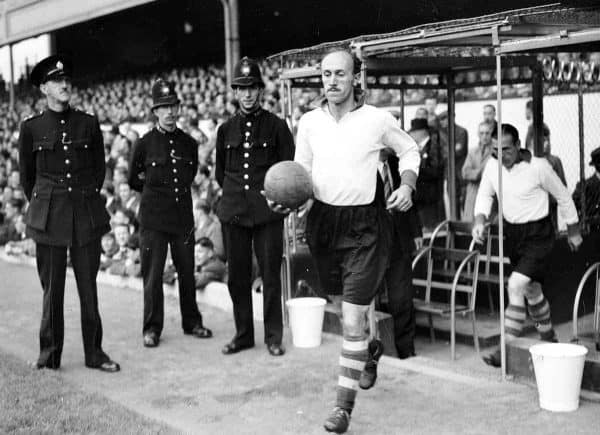
The Scouser in the team was Jack Balmer, a bald-headed striker who played 309 times for Liverpool, scoring 110 goals. He would feature for the Reds in 101 wartime friendlies, scoring 64 times.
Jack was a cultured player, not fond of getting stuck in. His style of play may have been more suited to the modern game, and his perceived aversion to physicality, coupled with the fact that he was a former Everton player, may have contributed to him becoming something of a whipping boy amongst the supporters.
As you’d expect this was a Liverpool team that boasted a sprinkling of Scottish grit and flare. Players like Busby, Jim Harley, Jimmy McInnes and Willie Fagan made up the Reds’ proud Celtic contingent. However just two, Harley and Fagan, would still be at the club when the war was over.
Aside from Balmer, Liverpool’s Englishmen were Bernard Ramsden, Tom Bush and Phil Taylor. Making up the XI, and adding an international flavour, was a South African trio which included goalkeeper Dirk Kemp, the unpronounceable Berry Nieuwenhuys and Harman van den Berg.
Of the three, perhaps the most notable was Nieuwenhuys, who the supporters and journalists—who feared their typewriters couldn’t deal with the strain of spelling out his name—simply referred to as Nivvy.
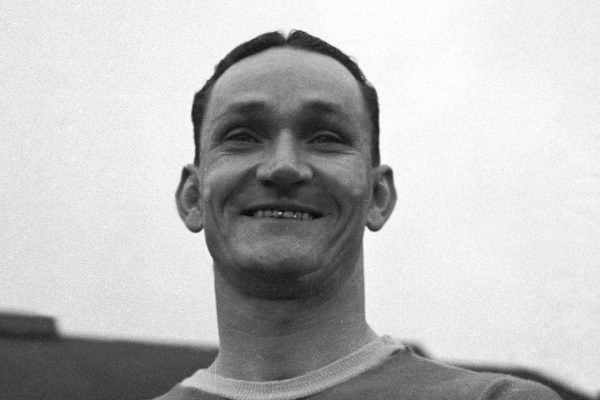
Nivvy became an instant Kop favourite, his silky skills and ability to both create and score goals making him a hero of Anfield. He would score 79 in 257 appearances for the Reds, and would return after the war to lift the league title.
As with many of his team-mates, who knows what he and Liverpool would have achieved had it not been for the war.
Liverpool had entered into pre-season training under George Kay, with the motto ‘Clean, Clever, Attractive Football’. Kay had joined the club in 1936.
The season opener in Sheffield, watched by a decent crowd of 25,000, would end in defeat for the Reds thanks to a late winner by Jimmy Hagan in the 85th minute. Liverpool had fought back in the first half after going a goal down in the third minute, with McInnes providing the leveller.
The game seemed to be heading for a draw when United struck in the dying moments to take all the points.
There was little time to dwell on the defeat, though, as Liverpool had to prepare for the visit of Middlesborough the following Wednesday. With war just days away now, a crowd of just 16,762 turned out at Anfield to watch Liverpool run out 4-1 winners.
The goalscorers for the Reds that day would be Jack Balmer, Phil Taylor (twice) and Harman van den Berg. The Reds had been a goal behind at half-time, but a spirited second-half display gave the supporters who turned out something to cheer.
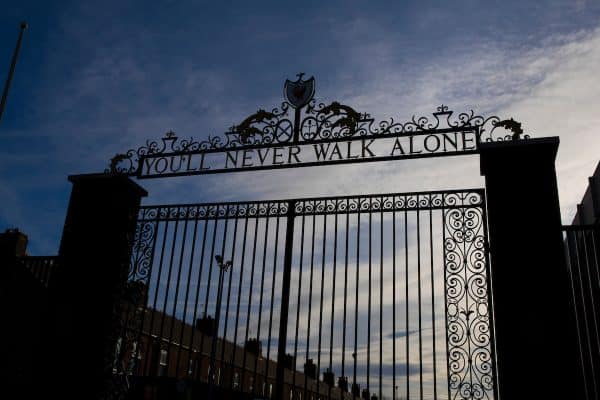
The players will have contested the match with mixed emotions and heavy hearts, and their minds would have been filled with anxieties about what the future held for them and their loved ones.
The Daily Mail reported on August 30, 1939 that all but nine players in a 29-man squad had been called up the day before to serve in the Territorials. They would report for military duty on Monday morning.
That would present the Anfield hierarchy with a huge problem. The league had not yet been suspended and they would be expected to line up against Chelsea at home on Saturday, September 2. With virtually the entire squad called up, Liverpool would potentially have just nine players to call upon for the game, which was played in front of almost 20,000.
However, dispensation must have been granted as the Reds were able to field a first XI with just one change. In place of Phil Taylor for the visit of the Londoners was a Scouse centre-forward, Cyril Done. He would score the only goal in a 1-0 victory. The Reds would finish the match with 10 men, though, with Jim Harley seeing red.
Lining up against the Reds that day was Alf Hanson. Born in Bootle, Liverpool in 1912, Alf played one season for Everton before joining Liverpool in 1931.
Having been signed directly from the Blues, he is part of a small and elite group of Merseyside footballers. Hanson played 177 times for Liverpool and scored 52 goals. He would also turn out for his hometown club as a guest during the war years.
The 1939/40 season ended around 18 hours later, with the declaration of war by the British Prime Minister, Neville Chamberlain, at 11.45am on Sunday, September 3, 1939. Many of the men who featured in that game would see active service.
Football would not officially return until 1946. Five of the men who lined up against Chelsea in 1939 would open the 1946/47 season with the Reds. They were Jim Harley, Bernard Ramsden, Phil Taylor, Berry Nieuwenhuys and Jack Balmer.
Interestingly, Liverpool’s first three games that season were a repeat of their last three: Sheffield United, Middlesborough and Chelsea.
Again, they would win two out of three, but they would end this campaign as champions.
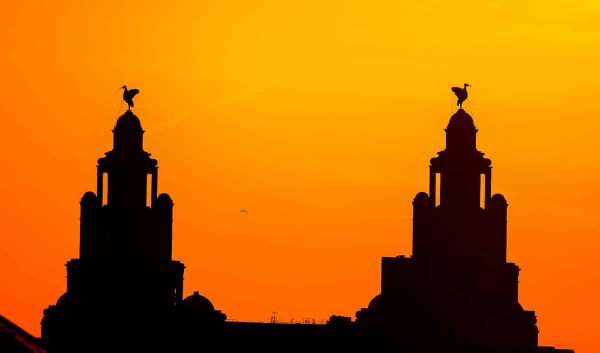

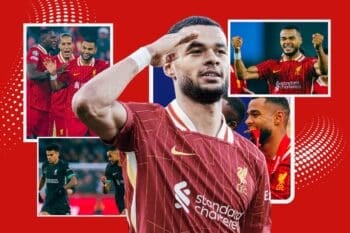


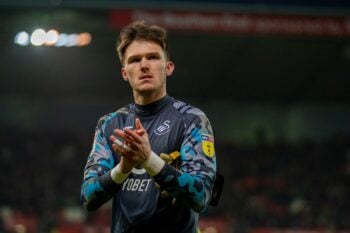


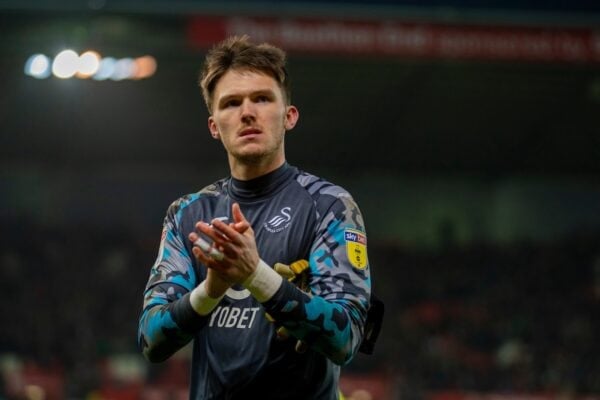



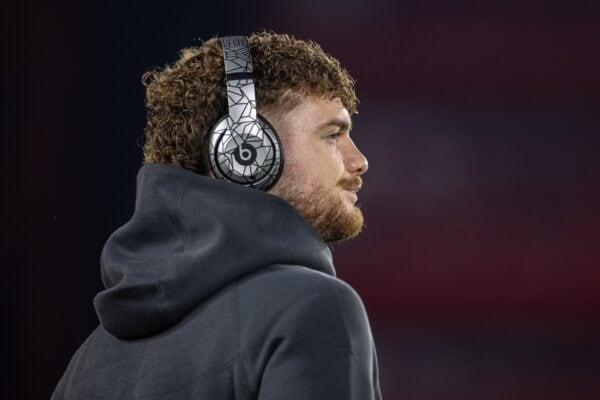


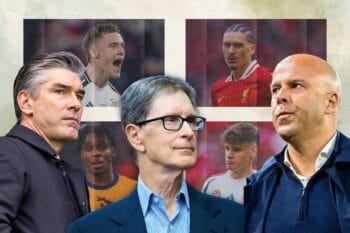
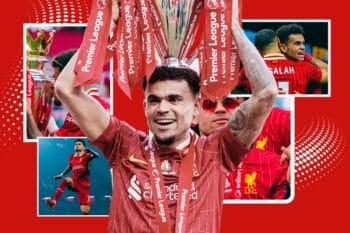

Fan Comments